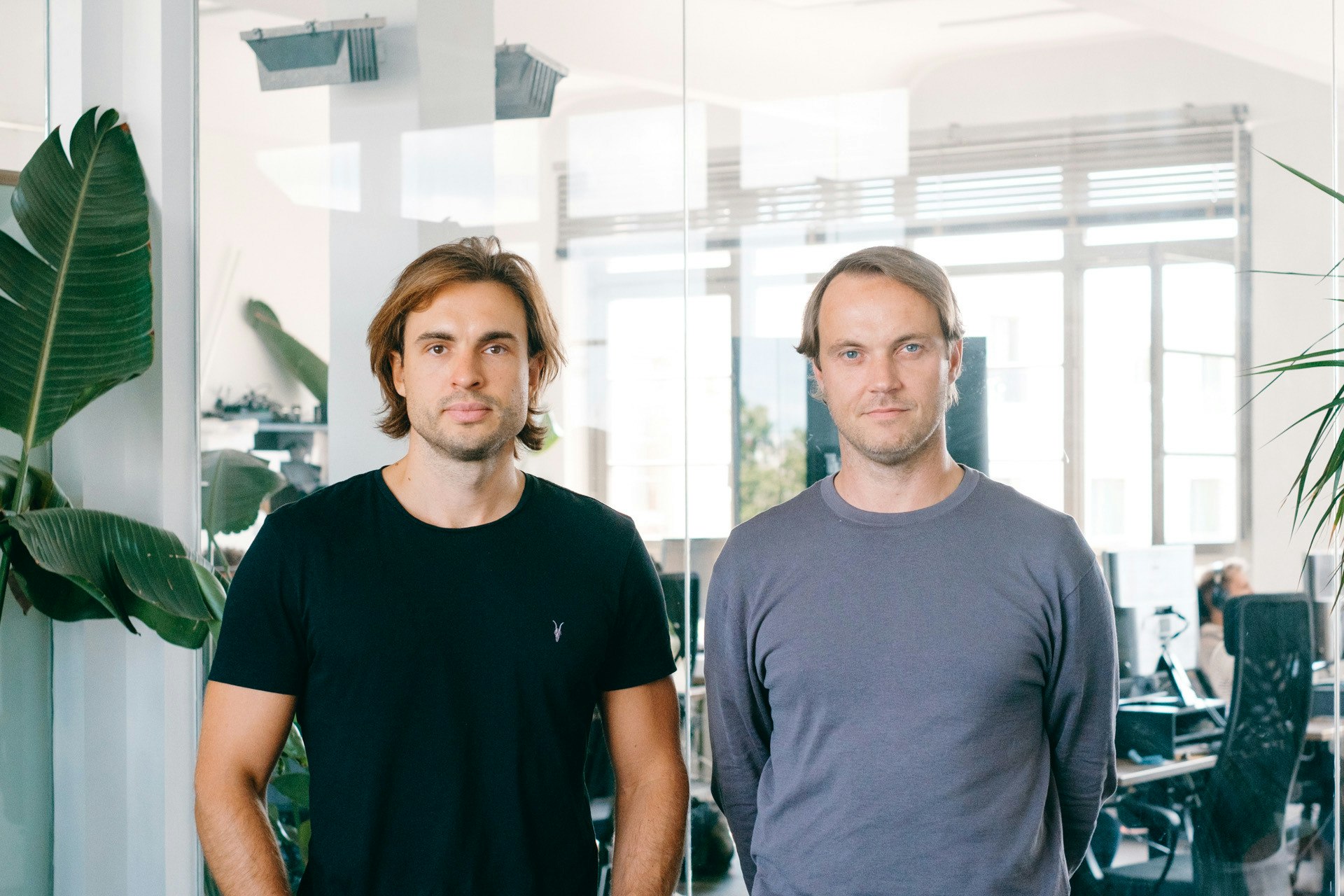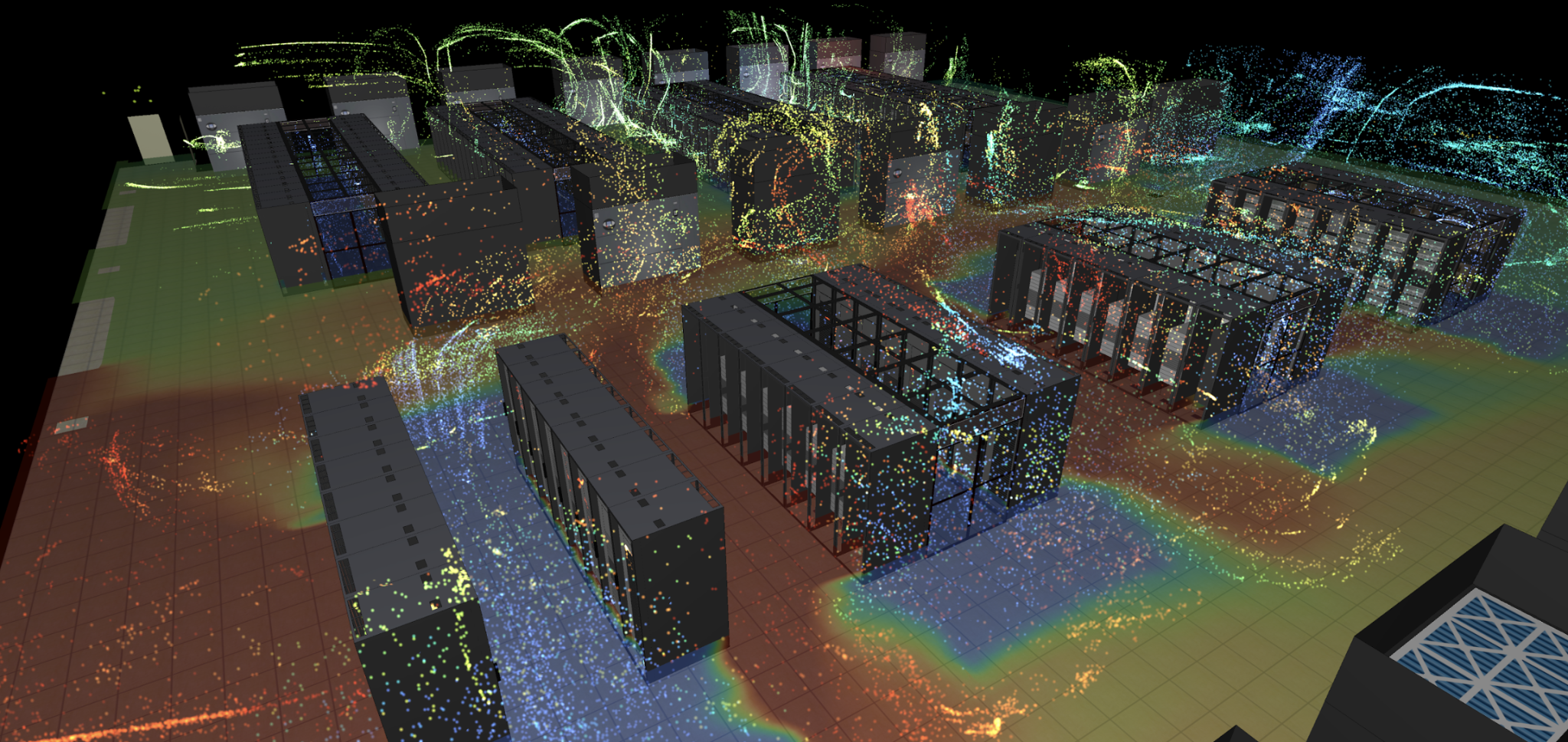Nuclear fusion promises a lot: it has the potential to create the same amount of energy as nuclear fission (the "old" kind of nuclear energy) without CO2 emissions or nuclear waste. That huge clean energy potential has huge economic potential too, with one estimate putting the size of the fusion market at $40tn.
That’s got investors excited. Globally, the nuclear fusion industry has received around $6.21bn in funding — according to the Fusion Industry Association, $1.4bn of that came since the start of last year, including some unannounced funding. Smaller amounts of cash are also being funnelled into early-stage companies, as well as the huge chunks being invested into a few key players, indicating there’s plenty of competition.
To find out which companies are attracting investor attention and leading the race in Europe’s fusion sector, Sifted has mapped out who’s building where, and how much they’ve raised.
Map of Europe’s nuclear fusion startups
Europe’s best-funded nuclear fusion startups
Tokamak Energy
Tokamak Energy is pursuing commercial fusion using magnetic confinement with tokamaks — devices that create a nuclear fusion reaction by using a magnetic field to hold plasma in a doughnut shape while running an electrical current through it. According to the company its spherical fusion reactor is more efficient than the conventional tokamak shape, meaning it can operate with lower capital investment, operating costs and on a smaller scale.
The company also says it was the first private fusion company to reach a plasma temperature of 100m degrees in a spherical tokamak — that's six times hotter than the centre of the sun and the threshold for commercial fusion. It says it hopes to bring fusion power to the market in the 2030s.
Founded: 2009
HQ: Oxfordshire, UK
Employees: 250
Type of reactor: Magnetic confinement tokamak
Total funding: $250m
First Light Fusion
First Light Fusion (FLF) has developed its own projectile fusion technology, which fires a projectile at an ultra-fast speed within a reactor towards a target containing fusion fuel. When those two objects meet they fuse, creating a reaction and generating energy. It’s a development of inertial fusion, which is where small quantities of fuel are rapidly compressed and heated.
Founded: 2011
HQ: Yarnton, UK
Employees: 90
Type of reactor: Inertial fusion using a projectile
Total funding: £77m
Marvel Fusion
Marvel uses a laser-based approach to inertial fusion with its ultra-short-pulsed laser system. The lasers pulse and deposit large amounts of energy in a small fuel target, which absorbs it and then creates more energy from the fusion reaction that takes place.
Marvel Fusion conducts experiments at publicly funded laser facilities across Europe and the US and plans to begin construction on its own demonstration facility in 2024. It was recently offered a term sheet to build that facility in the US.
Founded: 2019
HQ: Munich, Germany
Employees: 70
Type of reactors: Inertial fusion using lasers
Funding: €110m
Focused Energy
Focused Energy is a spinout from Germany’s Technical University of Darmstadt developing laser-based nuclear fusion. In June 2023 it raised an $11m Series A round and has received $56m in grants, according to data platform Dealroom — $50m from German government agency SPRIN-D, $3m from the State of Hesse and $3m from the US Department of Energy.
Founded: 2021
HQ: Darmstadt, Germany and Austin, Texas, USA
Employees: 45
Type of reactor: Laser and target tech
Funding: $82m
Renaissance Fusion
Renaissance Fusion is working on magnetic confinement fusion, like Tokamak Energy, but instead of a tokamak it uses a stellarator — which does away with the electrical current used in a tokamak and instead uses a group of intertwining superconducting magnets to control the plasma. The company says its reactors will provide a cheaper form of fusion electricity.
Founded: 2019
HQ: Grenoble, France
Employees: 40
Type of reactor: Stellarator
Funding: $16.4m
Europe’s nuclear fusion research institutes
Universities and research centres will also be vital in developing Europe’s fusion industry, given the high degree of scientific expertise and experimentation equipment required to produce nuclear fusion. There could also be opportunities for researchers working at these institutions to create companies of their own — Focused Energy, for example, is a university spinout.
Here’s where you can find Europe’s research centres working on nuclear fusion devices.



